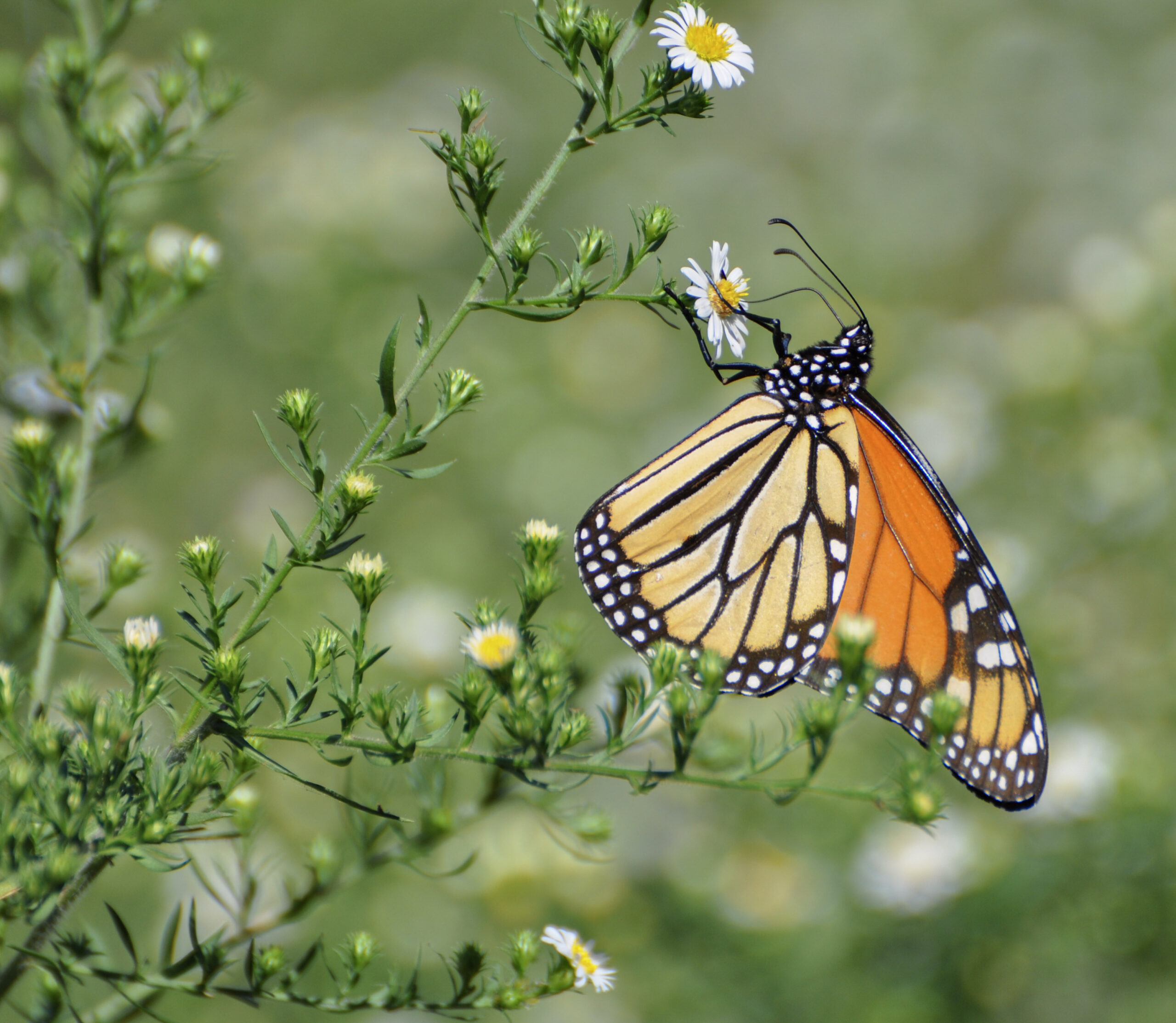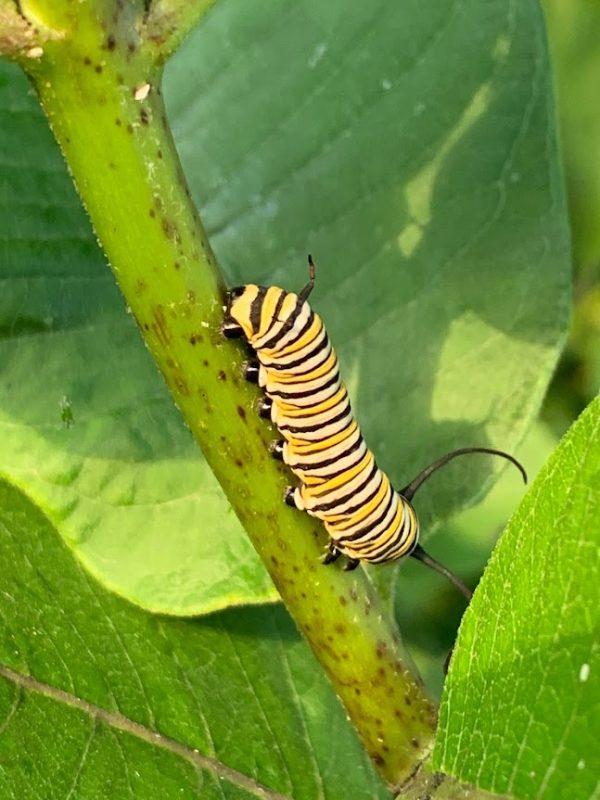Scientists need your help spotting monarch butterflies in Georgia

Researchers are asking Georgians to report monarch butterfly sightings to help better understand their behavior.
Denise Shepherd/Georgia DNR
This coverage is made possible through a partnership with Grist, a nonprofit, independent media organization dedicated to telling stories of climate solutions and a just future.
Researchers are asking for the public’s help looking for monarch butterflies who might be spending the winter in Georgia.
The butterflies are a candidate for listing under the endangered species act, so understanding their population and changing behavior is key for scientists and officials making that decision, Department of Natural Resources Wildlife Biologist Anna Yellin said.

Typically, monarchs fly down to Mexico to spend the winter, but their population is declining, and some of their behaviors may be changing, including their famous migration. Over the last two decades, scattered observations have revealed that some monarchs are spending the winter or even breeding in the Southern U.S. instead of flying south of the border.
Researchers want to know more, and that means they need more data.
So, for the second year in a row, they’re asking people across the southeast to keep an eye out for the distinctive orange-and-black butterflies this winter and report any sightings. Last year, they got more than 5,800 reports.
“We learned that we should have asked more questions,” Yellin said of last year’s effort.
This year, they’re tracking more information, like what plants the monarchs are landing on or whether people see eggs in addition to adult butterflies. Those details can tell the researchers key information, like whether the monarchs are breeding here or simply staying for the winter.
Researchers are also hoping to learn what might be causing the monarchs to change their longstanding migration habits and whether humans influence the change. For example, By planting nonnative flowers that the butterflies like, people could be enticing them to stay instead of migrating. Crowdsourced data can help test theories like that.
Yellin said monarch sightings are still pretty rare this time of year.
“But if you do happen to find them, you can also teach your child about community science and how sometimes we need to have almost like a crowdsourcing of people providing information so we can help some of these species that are in decline,” she said.
If you spot a monarch, you can take a picture and report your sighting at journeynorth.org.







